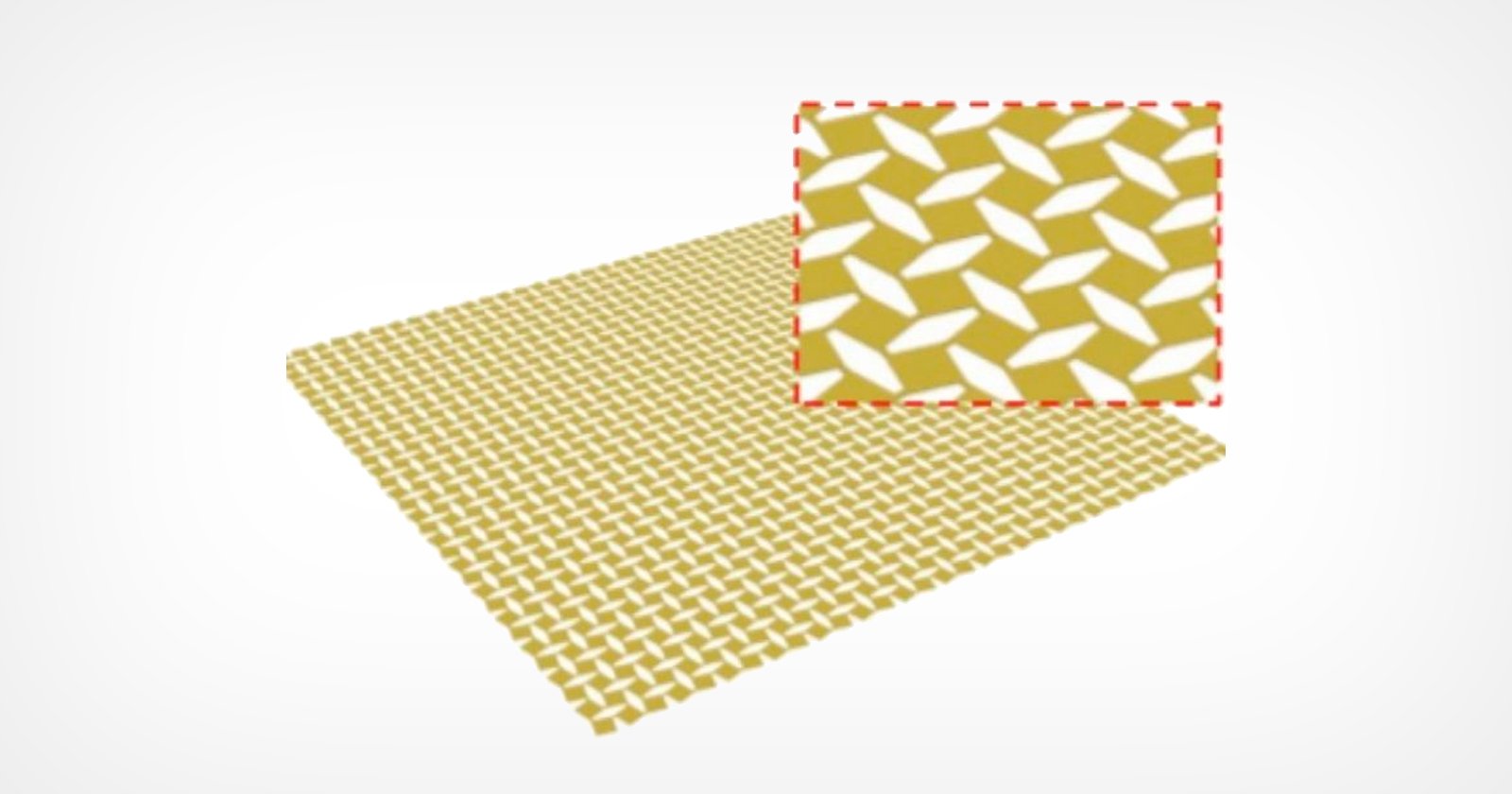
![]()
A mechanical engineer has developed a camera with what is described as a “curvy” and eyeball-like adaptable imaging sensor that is based on the Japanese art of cutting and folding paper (kirigami) that he claims could improve the quality of some types of cameras.
Modern image sensors use a conventional rigid and flat surface to record light and translate that into images and use glass or plastic elements in lenses of varying sizes to correct for visual aberrations. But University of Houston Professor of Mechanical Engineering Cunjian Yu has developed a sensor that can curve like a human eye and work with a single lens while still correcting for visual aberrations, while also offering other advantages such as a wide angle of view and compact size.
“Existing curvy imagers are either flexible but not compatible with tunable focal surfaces, or stretchable but with low pixel density and pixel fill factors,” Yu writes in Nature Electronics. “The new imager with kirigami design has a high pixel fill factor, before stretching, of 78% and can retain its optoelectronic performance while being biaxially stretched by 30%.”
Yu curves sensors by using an array of extremely thin silicon pixels with a kirigami design by using what is called a conformal additive stamp printing process (CAS), a manufacturing technology that was invented in his lab. The University of Houston describes the process of CAS printing as one where an “elastomeric” — or stretchy — balloon with a sticky coating is inflated and used as a stamping medium to push down on a prefabricated device to pick up the electronics and print them on curved surfaces.
Kirigami is a Japanese paper art method that differs from origami in that cutting is integrated rather than just folding paper. The same principles are used in Yu’s process which makes thin cuts in the sensor sheet in order to allow it to stretch and curve. The thin cuts form a sort of “mesh” that gains flexibility without sacrificing pixel density.
“The new adaptive imager can achieve focused views of objects at different distances by combining a concave-shaped camera printed on a magnetic rubber sheet with a tunable lens,” Yu explains. “Adaptive optical focus is achieved by tuning both the focal length of the lens and the curvature of the imager, allowing far and near objects to be imaged clearly with low aberration.”
Yu believes that the sensor design will particularly useful for endoscopes, night-vision goggles, artificial compound eyes, or fish-eye cameras. The full article on the optoelectronic pixels with a kirigami design is published on Nature Electronics.
Image credits: Header image shows a schematic of stretched kirigami sheet, via the University of Houston.






